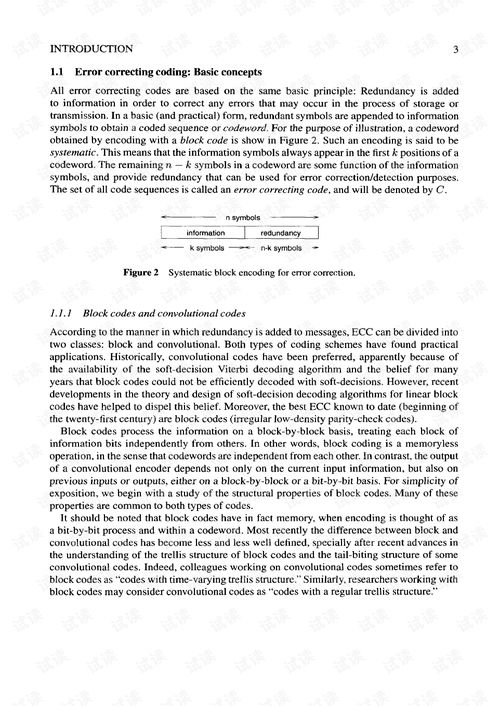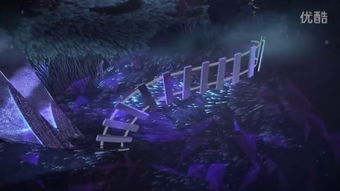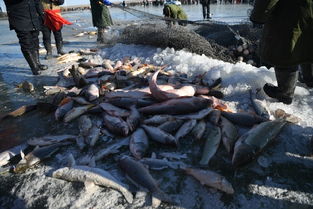
Content:
Fishing for whitebait, a small, delicate fish known for its tender flesh, can be a highly rewarding experience. However, catching these elusive creatures requires a certain set of skills and techniques. In this article, we will delve into the art of catching whitebait, focusing on the essential fishing techniques that can help you land a delicious catch.
Understanding Whitebait Behavior
Before we dive into the fishing techniques, it's crucial to understand the behavior of whitebait. These fish are typically found in freshwater streams and rivers, where they spawn during the warmer months. Whitebait are known for their schooling nature, meaning they often travel in large groups. This behavior makes them easier to target, but it also requires precise tactics to ensure a successful catch.
Choosing the Right Equipment
The first step in mastering the art of catching whitebait is to choose the right equipment. Here are some essential items you'll need:
Rod and Reel: A light-action spinning rod paired with a small spinning reel is ideal for whitebait fishing. The rod should be around 6 to 7 feet long to provide enough sensitivity and casting distance.
Line: Use a monofilament line with a breaking strength of 4 to 6 pounds. This light line is less likely to spook the fish and is strong enough to handle the small size of whitebait.
Lures and Baits: Live bait, such as small worms or insects, can be effective for catching whitebait. However, artificial lures like small jigs or spinners can also be used. The key is to use lures that mimic the natural prey of whitebait, such as small minnows or insects.
Leader and Hook: A 6 to 12-inch leader made of fluorocarbon or monofilament is ideal. The leader should be lighter than the main line to reduce visibility in the water. A small, sharp hook, such as a size 10 to 14, is best for whitebait.
Fishing Techniques
Now that you have the right equipment, let's explore some fishing techniques that can help you catch whitebait:
Locate the Schools: To find whitebait, you need to locate their schools. This can be done by scanning the water's surface for signs of activity, such as splashes or surface disturbance. Once you spot a school, approach it cautiously to avoid spooking the fish.
Casting Techniques: When casting, use a gentle, overhead approach to minimize noise and splash. Cast your lure beyond the school and allow it to drift naturally towards the fish. Avoid making abrupt movements or jerking the rod, as this can spook the whitebait.
Drift Fishing: Drift fishing is one of the most effective methods for catching whitebait. Attach your lure to the end of your leader and let it drift with the current. Keep your rod tip slightly bent and be ready to set the hook as soon as you feel a tap or pull.
Using Live Bait: If you choose to use live bait, such as small worms or insects, hook them through the middle or just behind the head. Allow the bait to sink naturally and then begin to twitch it gently to mimic the movement of a struggling prey.
Artificial Lures: When using artificial lures, focus on imitating the natural prey of whitebait. Small jigs or spinners that resemble minnows or insects can be highly effective. Vary your retrieve speed and direction to keep the lure interesting to the fish.
Patience and Timing: Whitebait fishing requires patience. It's important to wait for the right moment to set the hook. When you feel a tap or pull, wait a few seconds before setting the hook. Whitebait have small mouths, so a gentle, steady pull is key to securing a good hookset.
Safety and Conservation
Lastly, it's essential to practice safety and conservation when fishing for whitebait. Always follow local fishing regulations and guidelines, and be mindful of the environmental impact of your fishing activities. Release any undersized or unharvested whitebait to ensure the sustainability of the species.
In conclusion, catching whitebait can be a challenging but highly rewarding experience. By understanding the behavior of whitebait, choosing the right equipment, and employing effective fishing techniques, you can increase your chances of landing a delicious catch. Remember to practice patience, respect the environment, and enjoy the art of whitebait fishing.












